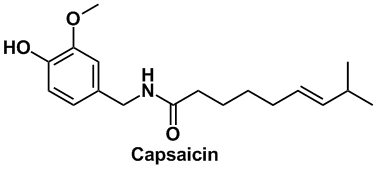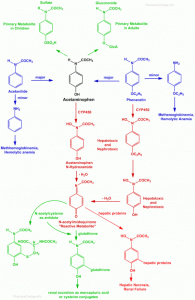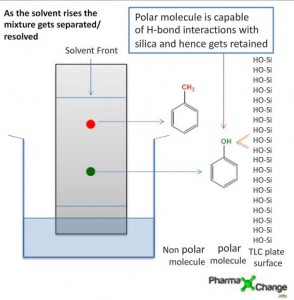Introduction:
Capsicum was first described by a physician named Chanca in 1400’s on his voyage accompanying Columbus to West Indies. They were introduced by the Portuguese and Spanish in India and Africa. The name was coined from the latin term ‘Capsa’ meaning box which signifies the partially hollow, box-like fruit. They are commonly also called as cayenne pepper, green pepper, red pepper, African chillies, Mexican chillies, tabasco pepper, paprika, etc. In the USA it is also known as bell peppers. Peppers fall in the category of being most widely used spices in the world. The medicinal properties of capsicum and bell peppers arise from the active ingredient capsaicin which is otherwise used as counter irritant to relieve rheumatism, shingles etc and also as an analgesic in cases of post surgical neuralgia, osteoarthritis etc. The drug also is highly used in cases of gastro-intestinal (GI) disorders. Due to its intolerable burning sensation when in contact with moist mucous membranes it has widely gained used in self defense sprays. The black and white peppers obtained from piper nigrum are different from capsicum peppers and thus should not be confused.
Capsicum
| Biological Source | Capsicum consists of dried fruits of Capsicum annuum and also of small sized dried fruits of Capsicum frutescens. |
| Family | Solanaceae |
| Geographical Source | Capsicum is native to tropical America. They are grown commercially in Africa (mainly Zimbabwe and Malawi). They are sold as chillies in England and the variety grown in Bombay and Natal is less pungent and is known as Capsicum. The larger variety which are totally non pungent are grown in Europe. In the USA capsicum is also known as bell peppers. |
| Morphology/Macroscopical Characters |
|
| Microscopic Characters | – |
| Chemistry | Capsaicin: a phenolic compound (0.02%) is the major component of the oils present and is mainly responsible for the pungency of the drug. The other molecule responsible for pungency as well in lesser fractions is 6,7-dihydrocapsaicin. Capsicum also contains around 1.5% of oleoresin. Capsianosides are also present.
 Chillies also contain thiamine, ascorbic acid, capsanthin and capsorubin which are carotenoids and fixed oils. The Hungarian variety is a good source of Vitamin C. |
| Chemical Tests | For quantitative determination of capsaicin, colorimetric assays can be used. The drug uses UV absorption at 248 and 296nm for the ointment and oleoresin. |
| Adulterants/Allied drugs/ Substitutes | Allied Drugs:
|
| Uses | Capsicum is useful in many ways in many conditions as follows:
|
| Other Notes (life cycle, extraction etc.) | Extraction of Capsaicin: Capsicum is macerated with petroleum ether. The organic layer is then extracted with aqueous alkali to pull capsaicin in the aqueous layer by ionizing the phenolic hydroxy. The drug is then precipitated from the aqueous layer by passing carbon dioxide through it to acidify the aqueous layer. |
| Adverse reactions | Mucosal, topical and GI irritation(heart burns/acidity) is possible. The most common side effect of peppers is unbearable burning sensation when comes in contact with moist mucous membranes. People with predisposed allergy to bananas, kiwi, chestnut, avocado etc are highly likely to be allergic to capsicum. |
References:
- Trease and Evans’ Pharmacognosy, 16e (Evans, Trease and Evans Pharmacognosy)
Elsevier: New York, 2009. - Ara DerMarderosian, et. al. The Review of Natural Products 4th Edition.
- Kokate, C. K.; Gokhale, S. B.; Purohit, A. P. A textbook of Pharmacognosy, 29th ed.; Nirali Prakashan: Pune, 2009.



thanks!